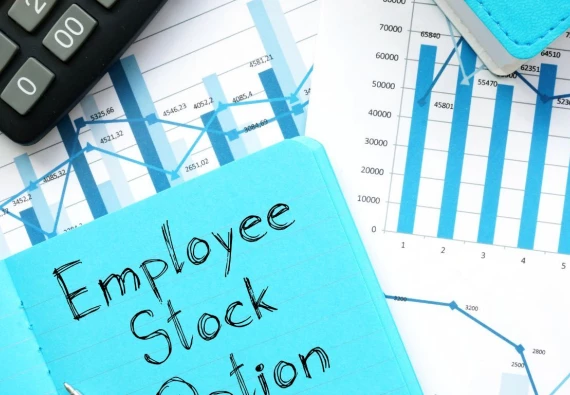The One Big Beautiful Bill Act (“OBBBA”), signed into law earlier this month (July 4, 2025), delivers a major upgrade to the Qualified Small Business Stock (“QSBS”) tax exemption.
Prior to the OBBBA, QSBS offered startup founders and early investors the chance to exclude up to $10 million in capital gains from federal tax. The OBBBA increases that limit, broadens eligibility, and adds more flexibility to how and when you can qualify.
Let’s walk through what’s changing, when it takes effect, and what actions startups and founders should consider now to lock in these expanded benefits.
QSBS Before the OBBBA: A Primer
For the uninitiated, QSBS refers to a powerful tax incentive under Section 1202 of the Internal Revenue Code. It allows eligible holders of stock to exclude a significant portion of their capital gains from federal tax when they sell that stock.
Pre-OBBBA, if you acquired stock in an eligible C corporation when the company had less than $50 million in assets, and if you held that stock for at least five years while the company remained engaged in an active business, you could exclude up to $10 million or 10x your original investment in capital gains (whichever was greater). While the potential tax savings were substantial, the five-year holding period put these tax savings out of reach for founders with early exits. And, unfortunately, there was no partial credit: either you met the holding period and saved on taxes or you didn’t.
The OBBBA changes that. For the first time, you can qualify for partial exclusion even if you don’t meet the full five-year threshold. This structural shift makes QSBS far more flexible for founders with earlier liquidity events or secondary sales.
If you’re new to QSBS or want a deeper dive into eligibility and planning, check out our earlier posts (with the caveat that they don’t account for the changes from the OBBBA):
What’s Changed: Key QSBS Updates in the OBBBA
The OBBBA significantly expands the benefits of QSBS, but only for stock acquired after July 4, 2025. If you’re planning to issue or receive equity after that date, here’s what’s changed:
First, the lifetime capital gains exclusion cap increases from $10 million to $15 million per taxpayer, per issuer. That’s an extra $5 million in potential tax-free gain (per founder, per company).
Second, the gross asset threshold for qualifying companies rises from $50 million to $75 million. This allows more companies, particularly later stage, fast-growing, or venture-backed startups, to stay QSBS-eligible, even as they scale and raise larger rounds.
Third, the all-or-nothing nature of the previous QSBS rules is now replaced with a tiered exclusion structure. For stock acquired after July 4, 2025, holders can benefit from a:
50% exclusion for QSBS held for at least 3 years but less than 4 years;
75% exclusion for QSBS held for at least 4 years but less than 5 years; or
100% exclusion for QSBS held for 5 years or more.
This tiered exclusion structure in particular is a game-changer for founders and early investors who may face liquidity events sooner than expected, and it ensures that shorter holding periods aren’t completely disqualified from QSBS benefits.
Tip: If you’re facing an exit before your QSBS hits the minimum 3-year holding threshold, or if you want to preserve full exclusion potential despite selling early, Section 1045 may offer another path. This provision allows for proceeds from the sale of QSBS to be rolled over into replacement QSBS, deferring gain and tacking onto the holding period for the original QSBS. Even with the new tiered exclusions in place, 1045 planning is still worth considering for early exits or multi-company strategies. You can learn more about 1045 rollovers here.
All in all, the OBBBA marks a real shift. With a higher gain exclusion cap, expanded asset threshold, and more flexibility around timing, the updated rules offer startup founders and early investors more meaningful ways to benefit from QSBS.
Get Positioned: What You Should Do Next
The expanded QSBS rules are great news for founders and investors, but only if you’re set up to take advantage of them. That starts with structure: Only C corporations can issue QSBS, so if you’re still operating as an LLC or haven’t incorporated yet, now’s the time to talk to counsel about converting to a C corporation.
The QSBS Upgrade: An Expanded Opportunity For Founders and Investors
Taken together, the QSBS updates in the OBBBA create a broader opportunity for founders and investors to benefit from meaningful tax savings. If you’re issuing equity, raising capital, or planning for an eventual exit, now’s the time to revisit your QSBS strategy and make sure you’re positioned to make the most of these changes.






